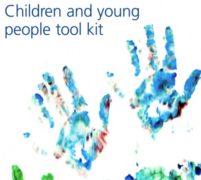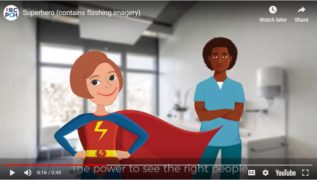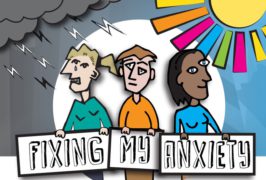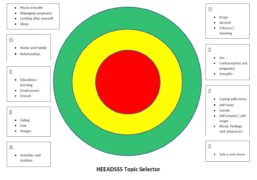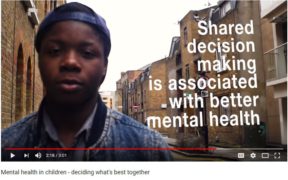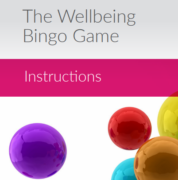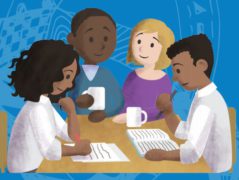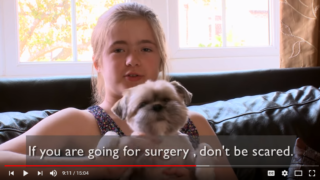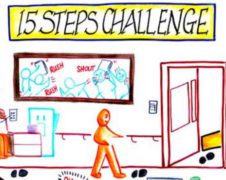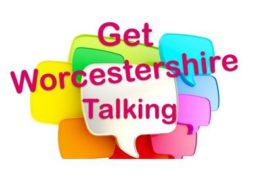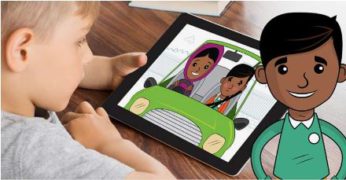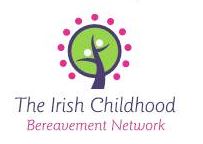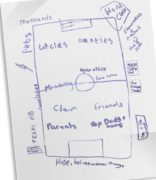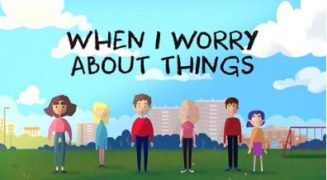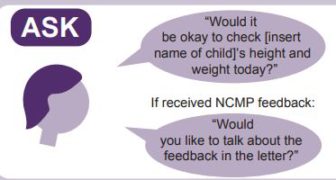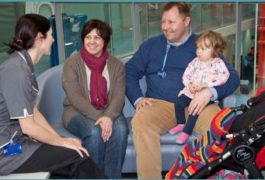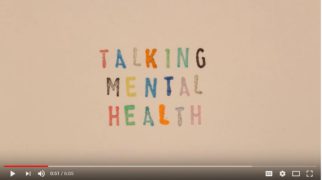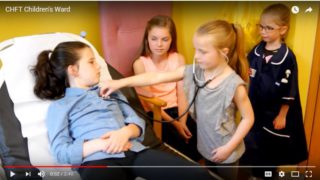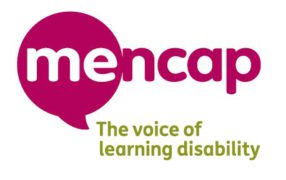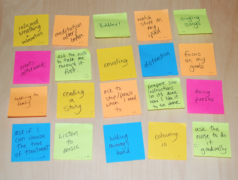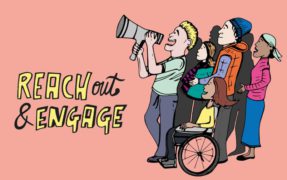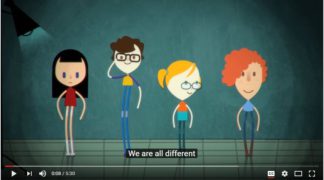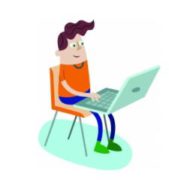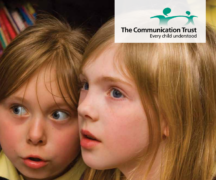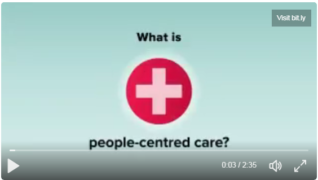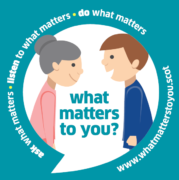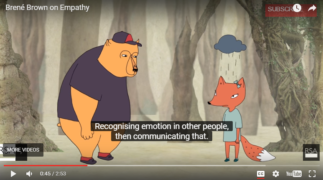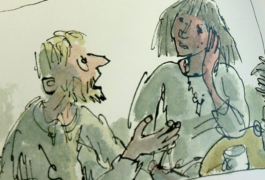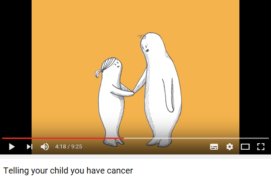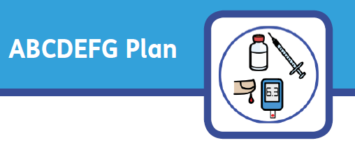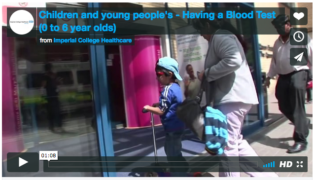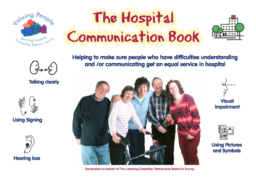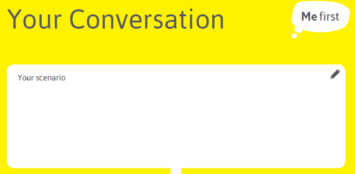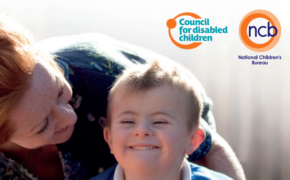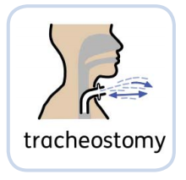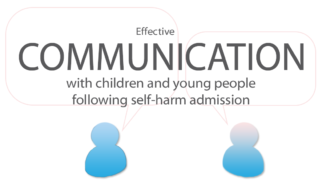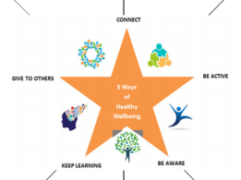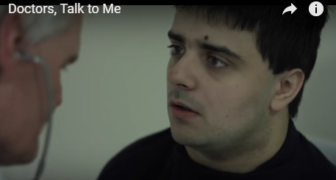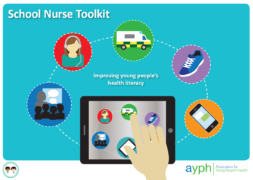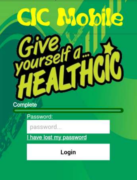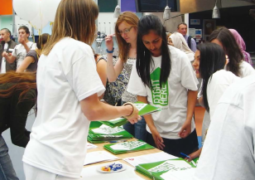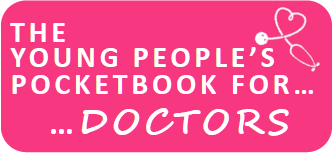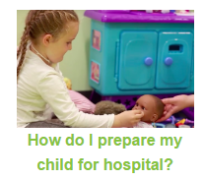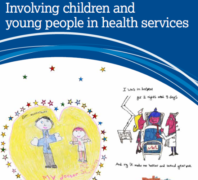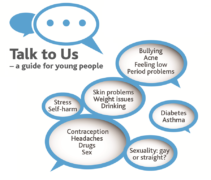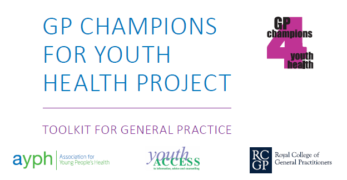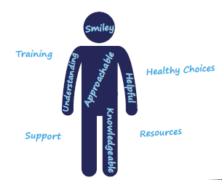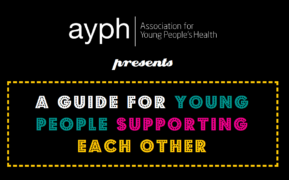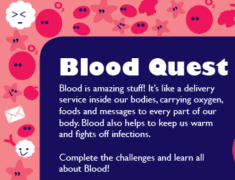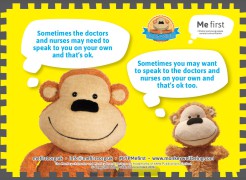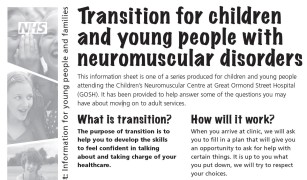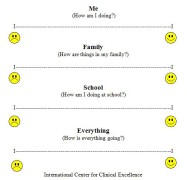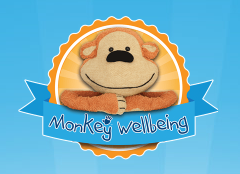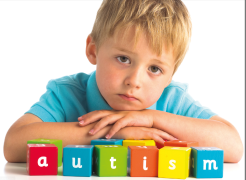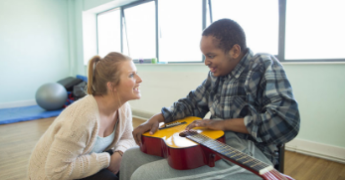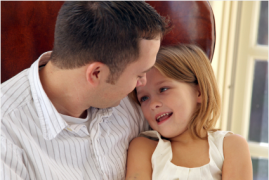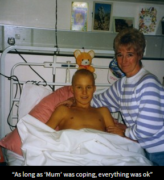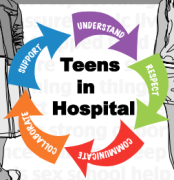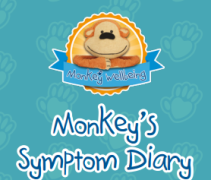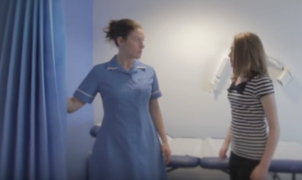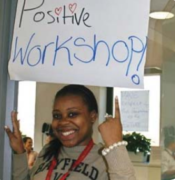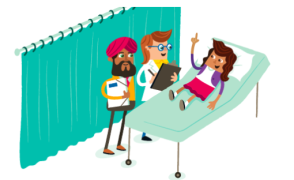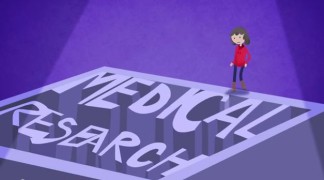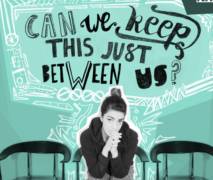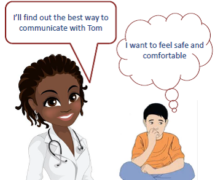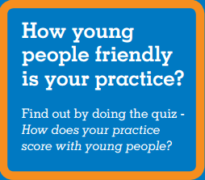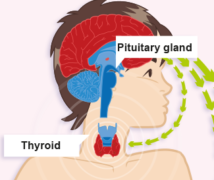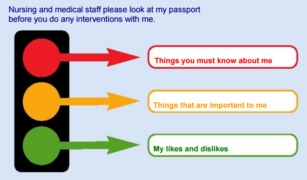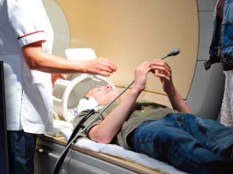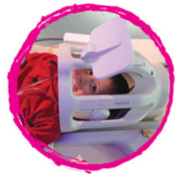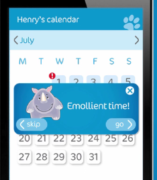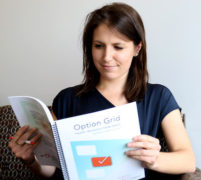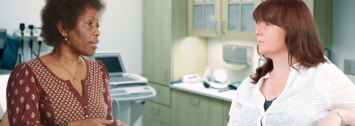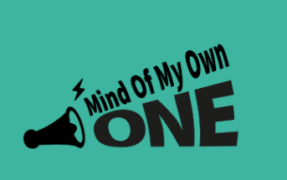I give choices that are realistic and that will help the child or young person to achieve their goal. If the goal definitely has to be achieved and is in the patient’s best interest then it is about giving a choice about how it can happen, for example, a specific time for treatment.
Lindsay-Kay, Adolescent Clinical Nurse Specialist
Children and young people need some control. Giving them choices around what needs to be achieved works really well. Saying, “Do you want to play tennis, go for a walk or get out and sit in a chair” all will get a child or young person breathing deeply and improve their lung volumes.
Emma, Physio
Giving choices helps to empower children and young people in making decisions. Showing children and young people in a way they understand how their decisions impact other things is key. So you might say “taking blood now will help us find out what is wrong with you, if we can’t find out you might have to stay longer in hospital because we won’t know how to make you better properly.”
Gamal, Nurse
I have young people who don’t want to do their physiotherapy, but they need to do it, so I explain to them the reason that they need it and what the consequences will be if they don’t do it. Even though they have to do it we can negotiate what type of physio they do, I say things like “you have different options, we can go to the gym, we can go outside, we can work in here, what sports do you like? What would you rather do?”
Amy, Practice Educator
I find it really helpful to try to get the child or young person to relate to someone else, I sometimes say “do you know anyone or have any friends with this condition? What treatment did they have?”
James, Registrar
I find that there always lots of little choices that children and young people have and it really helps them feel empowered. I always talk to the child or young person before I do a dressing change and give them the list of safe dressings that they can use and let them pick from it, because from experience I know they tend to not want the standard one for a central line. I plan a time and bring in the equipment first to show them and give them different options. I also give options about how they want me to take their old dressing off, as some patients find that bit the worse bit, so for example I say “where would you like me to start removing the dressing, do you want to remove the old dressing yourself, would you like to use appeel?”
Vanessa Practice Educator
The difficult thing I find is because in most cases the child or young person requires some treatment, so I tend to be firm and say “we have got to do something… now we could try this or we could do that… what do you think?”
Hannah, Occupational Therapist
Some of our patients can go home on IVs (intravenous medications), this involves training the parents to give them at home. We only approach families that are suitable. For older children and young people it is their choice. Some kids get so bored in hospital and home IVs mean that they can go to school, that they can play football and just have the IVs before school and at lunchtime, by the school nurse, and then again at home before bed. But for some kids it is not their preference as they actually like to be in hospital and some kids don’t want their parents to be that involved in their care. It’s completely their choice and it’s quite a big thing for the parents to take on so they must make the decision together.
Amy, Practice Educator
I talk about the evidence base, in terms of graded exercise, cognitive behaviour therapy, family sessions and return to school. And then we unpick those together with the young person. We also talk about whether they want treatment here or locally. I say things like “I have some information about what can help you to get better, these are the things that we know that there is evidence for and these are the things that I have seen work over time” and then find out from them “are you interested in these, have you tried them before, do you know anything about it already?” Most of the treatment options don’t have cons but you do need to discuss the myths about them. For example I sometimes say “some people think that graded exercise might be harmful, but the reason it is called graded is because it is little steps close together, it’s more harmful not to do anything and to lose your muscle power.”
Anna, Nurse Consultant
 Please be honest and clear. I had a vaccination. They said it was just one but then they gave me two. It really caught me off guard. If you’re told you’re having one and you have two, you don’t know if that’s meant for you. You need the treatment properly explained to you beforehand. Child or Young Person
Please be honest and clear. I had a vaccination. They said it was just one but then they gave me two. It really caught me off guard. If you’re told you’re having one and you have two, you don’t know if that’s meant for you. You need the treatment properly explained to you beforehand. Child or Young Person